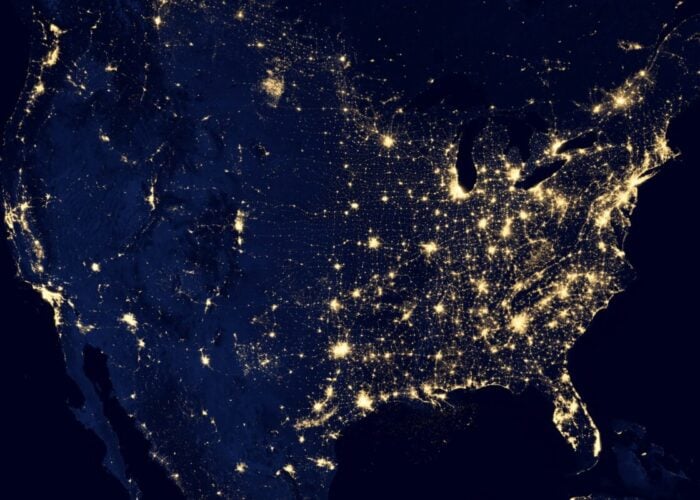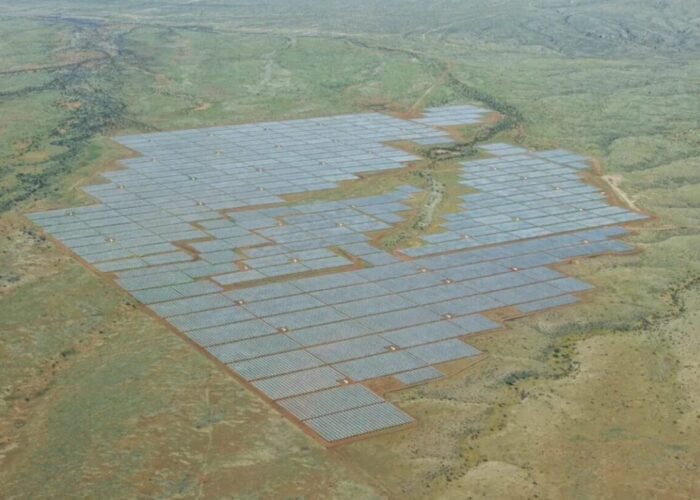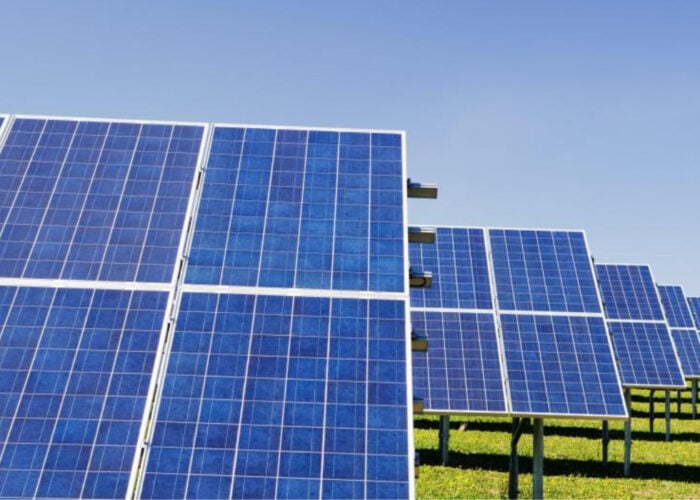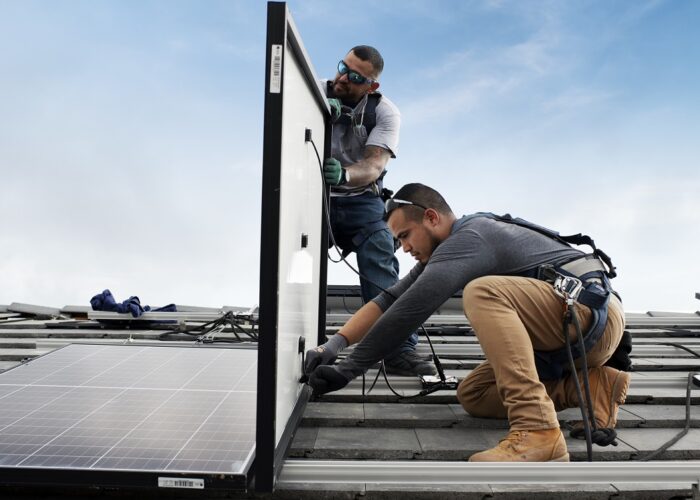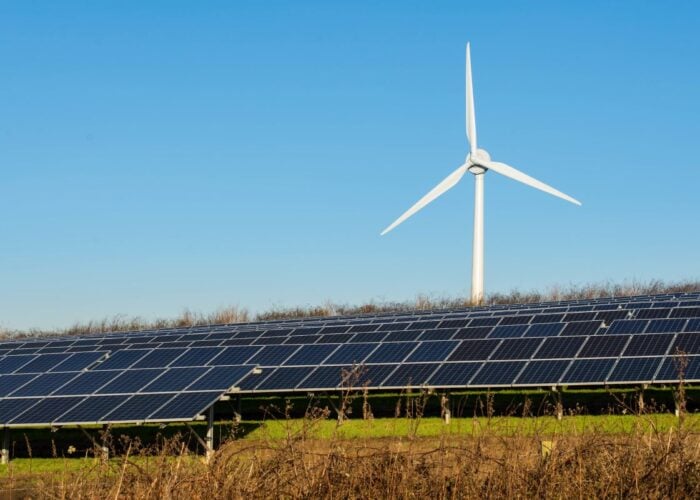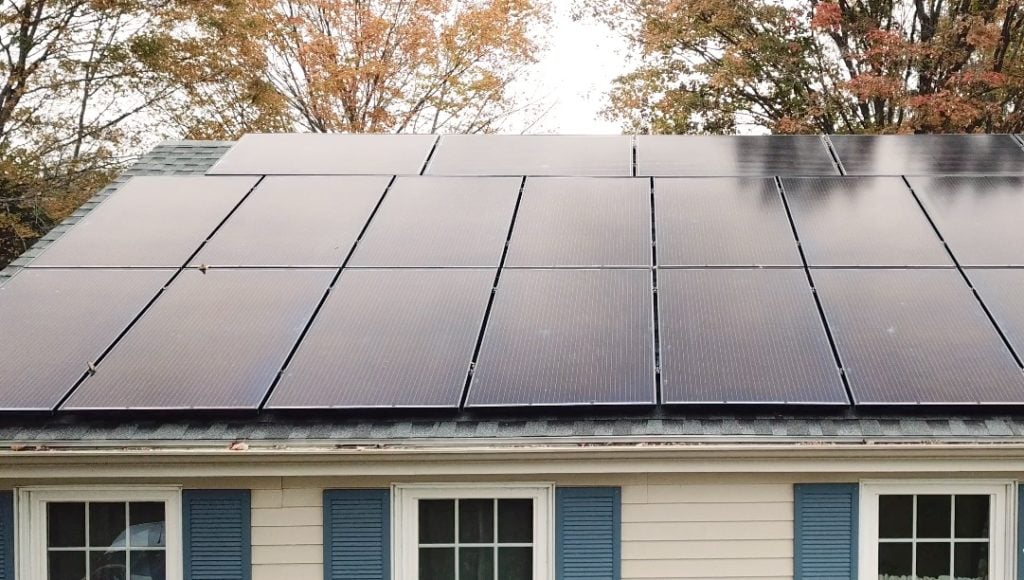
The US Department of Energy (DOE) has agreed to supply up to US$3.3 billion in loan funding to US residential solar developer Sunnova, which it will use to expand its energy monitoring and analysis platforms.
The loan funding, of which US$3 billion is guaranteed and will operate under a new loan channel named ‘Project Hestia’, will go towards improvements and expansions for its monitoring platforms. These platforms, which Sunnova customers can access via an app, enable users to assess how much electricity their panels are producing, and help the company create what it calls an “adaptive energy platform [and] lay the foundation for future virtual power plant activities”.
Unlock unlimited access for 12 whole months of distinctive global analysis
Photovoltaics International is now included.
- Regular insight and analysis of the industry’s biggest developments
- In-depth interviews with the industry’s leading figures
- Unlimited digital access to the PV Tech Power journal catalogue
- Unlimited digital access to the Photovoltaics International journal catalogue
- Access to more than 1,000 technical papers
- Discounts on Solar Media’s portfolio of events, in-person and virtual
Sunnova also announced that it would provide “monthly servicing” reports to the DOE using the data collected from its platforms, alongside information on greenhouse gas reduction derived from customers installing its solar panels, rather than using electricity generated by fossil fuels.
The use of data in energy management, and the role of virtual replicas of power plants in particular, is nothing new, and developers are increasingly interested in the practice for use in the solar sector.
Sunnova’s leadership is optimistic that implementing more comprehensive data collection at its facilities, and using this data in more innovative ways, will improve the financial returns, and viability, of its products as a whole.
“This is an important step in structured solar investments that will accelerate solar adoption and bring our best-in-class service to more underrepresented customers,” said Robert Lane, executive vice president and chief financial officer at Sunnova, speaking about the potential economic benefits of more data collection and analysis at the company’s projects.
“We expect the Hestia I issuance to generate spreads commensurate with the expected credit uplift and introduce new, investment-grade investors to Sunnova’s long-term strategy,” added Lane.
Earlier this year, Sunnova announced a fall in financial earnings in the second quarter of 2023, but the company posted an improvement in revenue of 13.2%, and forecast a growth in its customer base for the remainder of 2023 and beyond.

